In recent years, the transportation sector has seen a surge in the adoption of environmentally friendly solutions, and among these, the E rickshaw has emerged as a popular choice in urban and semi-urban areas. This electric variant of the traditional rickshaw is powered by a motor and is designed to offer an efficient, cost-effective, and eco-friendly mode of travel. As businesses look for sustainable alternatives to integrate into their service offerings, the electric rickshaw stands out for its numerous benefits, diverse types, and wide range of applications.
Types of electric rickshaws
The E rickshaw category encompasses a variety of models, each tailored to meet specific requirements. A common type is the passenger electric rickshaw bike, which is designed to ferry individuals much like a taxi. Another variant is the cargo E rickshaw, which is structured to carry goods and is an asset to businesses that deal with logistics and delivery services. Additionally, there are specialized models, such as the electric auto rickshaw, which combine features of both auto rickshaws and e-rickshaws, offering a more robust solution for transportation needs. Each type of electric rickshaw comes with different specifications, such as seating capacity and storage space, to cater to various market segments. By understanding these distinctions, businesses can better select the electric rickshaw model that aligns with their operational requirements and customer expectations.
Features of electric rickshaws
An E rickshaw boasts an array of features that make it a favorable option for both drivers and passengers. The electric powertrain ensures a quieter and smoother ride, reducing noise pollution and enhancing the comfort of the journey. The absence of a combustion engine means that an E rickshaw does not emit harmful gases, contributing to cleaner air and a healthier environment. Furthermore, the maintenance costs associated with electric rickshaws are typically lower than those for traditional fuel-based vehicles, owing to fewer moving parts and a simpler mechanism. This is a significant advantage for businesses looking to minimize operational expenses. Additionally, the cost to charge an electric rickshaw is relatively low, especially when compared to the fluctuating prices of petrol or diesel, making it an economical choice in the long run.
Applications of electric rickshaws
The versatility of E rickshaws is evident in their wide range of applications. They are extensively used for short to medium-distance travel within cities, serving as an accessible transport option for daily commuters. In tourist areas, electric rickshaw bikes offer a novel and eco-friendly way for visitors to explore the locale. For the delivery of goods, the cargo variants of E rickshaws are integral in navigating the congested streets of urban centers, where larger vehicles might struggle.
Beyond their role in transportation, E rickshaws serve as a source of livelihood for many individuals. With relatively low entry costs and the ability to operate on a small scale, they provide an opportunity for entrepreneurs and small business owners to establish a service and contribute to the local economy. Additionally, as the demand for sustainable transport solutions grows, the market for E rickshaws continues to expand, offering ample business opportunities.
The electric rickshaw has carved a niche in the transport industry as a sustainable and versatile vehicle. From passenger models to cargo variants, and cost-saving features to wide-ranging applications, the E rickshaw category is rich with options for businesses to explore. As the world moves towards greener transportation, the electric auto rickshaw price and value proposition make it an attractive investment for those looking to innovate in this evolving market.


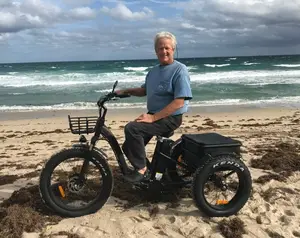













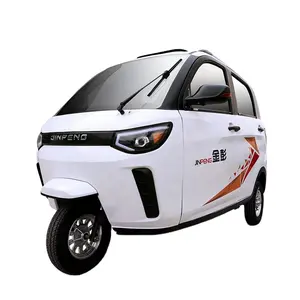

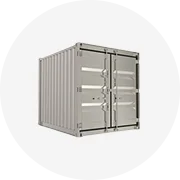
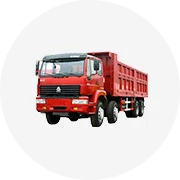

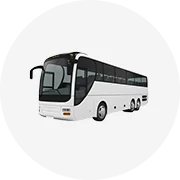





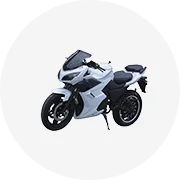



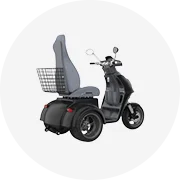








 浙公网安备 33010002000092号
浙公网安备 33010002000092号 浙B2-20120091-4
浙B2-20120091-4